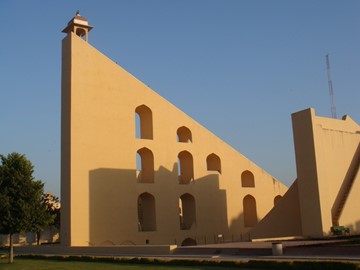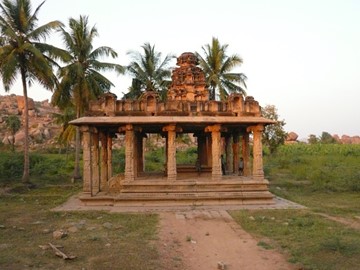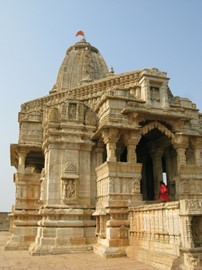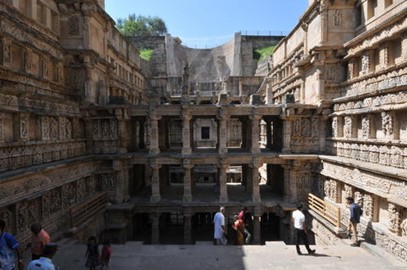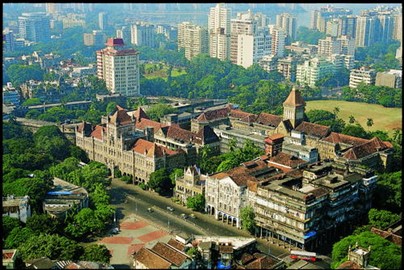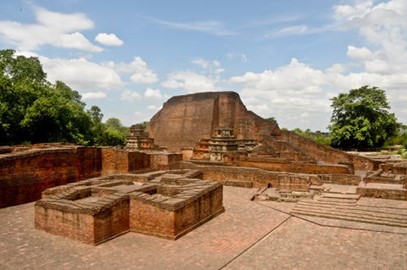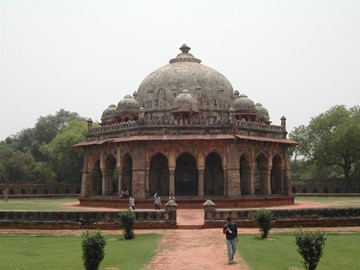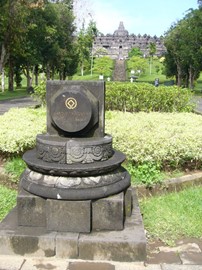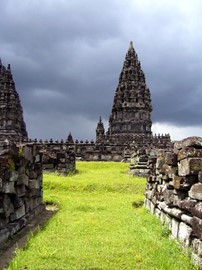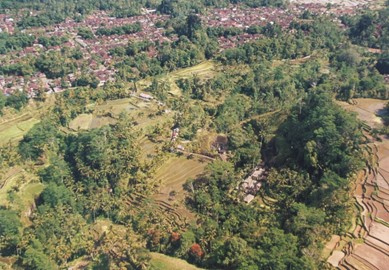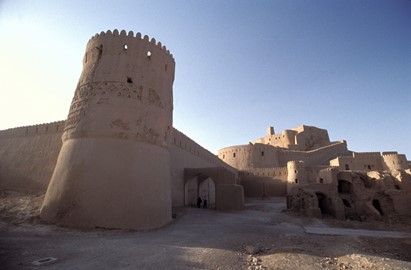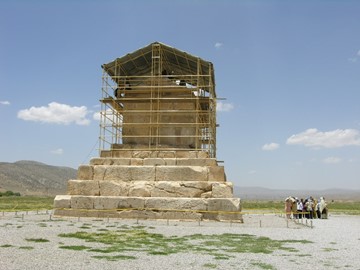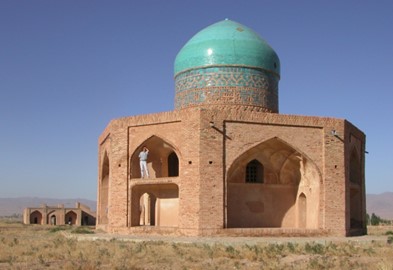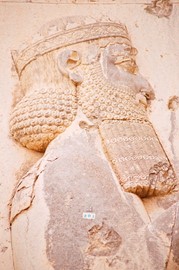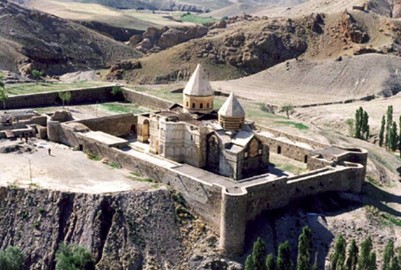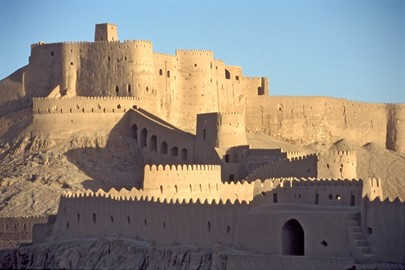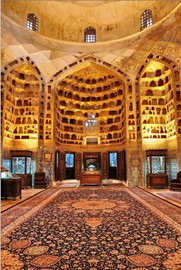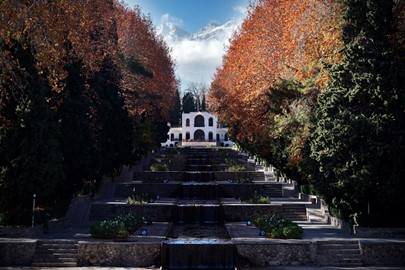category :: cultural
Jantar Mantar
Jantar Mantar, a UNESCO World Heritage site in India, is an extraordinary collection of 18th-century astronomical observatories built by Maharaja Jai Singh II. These architectural marvels, featuring large-scale instruments like sundials and celestial trackers, were designed to precisely measure time, predict eclipses, and observe planetary positions. The site showcases a brilliant fusion of science, architecture, and cultural heritage, reflecting India’s historical advancements in astronomy. Today, it stand... Read More
Hampi
Hampi, a UNESCO World Heritage Site in India, is a captivating ancient city renowned for its historical and architectural significance. Once the thriving capital of the Vijayanagara Empire in the 14th century, it boasts an impressive array of intricately carved temples, royal pavilions, and monolithic sculptures spread across a vast landscape. The site, including the iconic Virupaksha Temple and Vittala Temple with its musical pillars, offers a glimpse into a rich past, blending natural beauty with cultural... Read More
Hill Forts of Rajasthan
The Hill Forts of Rajasthan, a UNESCO World Heritage site in India, comprise six majestic forts built between the 5th and 18th centuries by Rajput rulers. These forts, showcasing exceptional architecture and strategic design, served as centers of power, defense, and culture. Their robust walls, intricate palaces, and temples reflect a blend of Rajput and Mughal influences, offering a glimpse into India’s rich historical legacy. Today, they stand as enduring symbols of the region’s royal heritage and enginee... Read More
Rani ki Vav
Rani-ki-Vav, a UNESCO World Heritage site in India, is an intricately designed stepwell built in the 11th century as a memorial to a king by his widowed queen. Renowned for its stunning architecture, it features seven levels of stairs adorned with over 500 detailed sculptures of Hindu deities and mythological scenes. Originally constructed to provide water during dry seasons, this subterranean marvel was later restored after being buried by floods for centuries. Today, it stands as a testament to ancient en... Read More
Victorian Gothic and Art Deco Ensembles of Mumbai
The Victorian Gothic and Art Deco Ensembles of Mumbai, a UNESCO World Heritage site in India, showcase a remarkable blend of architectural styles from the 19th and early 20th centuries. The Victorian Gothic buildings, characterized by intricate detailing, pointed arches, and ribbed vaults, reflect British colonial influences, while the Art Deco structures feature bold geometric shapes, vibrant colors, and modern aesthetics inspired by global trends. This unique fusion of designs highlights the city’s histor... Read More
Nalanda
Nalanda, a UNESCO World Heritage site in India, was an ancient center of learning that flourished from the 5th to the 13th century. This renowned Buddhist university attracted scholars from across Asia, offering studies in philosophy, mathematics, astronomy, and medicine. Its vast library, containing countless manuscripts, was a treasure trove of knowledge until its destruction in the 1190s. Today, the excavated ruins, including monasteries and stupas, stand as a testament to its historical significance and... Read More
Ahmedabad
The Historic City of Ahmedabad, a UNESCO World Heritage site in India, is renowned for its rich architectural legacy and cultural significance. Founded in the 15th century, it showcases a blend of Hindu, Islamic, and Jain influences through its intricately carved monuments, mosques, and traditional wooden havelis. The city's centuries-old walled structure and vibrant bazaars highlight its historical role as a thriving trade center. Its designation reflects its outstanding universal value as a testament to I... Read More
Humayun's Tomb
Humayun's Tomb, a UNESCO World Heritage site in Delhi, India, is an architectural marvel commissioned in 1565 by Empress Bega Begum for her husband, Emperor Humayun. This grand mausoleum, built from red sandstone and white marble, showcases Mughal design with its symmetrical layout, arched entrances, and Persian-style charbagh garden. It served as an inspiration for later monuments, including the Taj Mahal, and stands as a testament to the dynasty's cultural and artistic legacy. Today, it remains a signific... Read More
Borobudur
Borobudur, a UNESCO World Heritage site in Indonesia, is a magnificent 9th-century Buddhist temple renowned for its intricate design and historical significance. Constructed with over two million stone blocks, this architectural marvel features a massive stupa at its summit, surrounded by 72 smaller stupas and more than 500 Buddha statues. The temple’s walls are adorned with detailed reliefs depicting Buddhist teachings, making it a vital cultural and spiritual landmark. Today, it stands as one of the world... Read More
Sangiran Early Man Site
The Sangiran Early Man Site, a UNESCO World Heritage site in Indonesia, is a critical archaeological location renowned for its significant fossil finds, including some of the earliest evidence of human ancestors in Southeast Asia. Discovered in the 1930s, the site has yielded numerous Homo erectus remains, stone tools, and animal fossils, offering valuable insights into human evolution over a span of more than 1.5 million years. Its global importance lies in its contribution to understanding the development... Read More
Prambanan
Prambanan Temple, a UNESCO World Heritage site, is a stunning 9th-century Hindu temple complex renowned for its intricate stone carvings and towering architecture. Dedicated primarily to the Trimurti—Brahma, Vishnu, and Shiva—it showcases Indonesia's rich cultural and religious history. The temple’s detailed reliefs depict scenes from the Ramayana, offering insight into ancient artistry and storytelling. Restored after centuries of neglect and natural disasters, it stands as a testament to human ingenuity a... Read More
Bali
The Cultural Landscape of Bali, a UNESCO World Heritage site, showcases a unique blend of natural beauty and cultural heritage shaped by the Balinese Hindu philosophy of Tri Hita Karana, emphasizing harmony between humans, nature, and the spiritual realm. This living heritage is reflected in its ancient rice terraces, water temples, and traditional irrigation systems known as subak, which have sustained agricultural practices for centuries. The site exemplifies a sustainable cultural ecosystem, preserved th... Read More
Tchogha Zanbil
Tchogha Zanbil, a UNESCO World Heritage site in Iran, is an exceptionally well-preserved ancient Elamite complex dating back to around 1250 BCE. Built by King Untash-Napirisha, it features a massive ziggurat, originally five stories tall, dedicated to the god Inshushinak. The site includes temples, palaces, and intricate brickwork, showcasing advanced engineering and religious significance of the Elamite civilization.
Persepolis
Persepolis, a UNESCO World Heritage site in Iran, is an ancient ceremonial capital of the Achaemenid Empire, founded by Darius I in the 6th century BCE. Renowned for its grand palaces, intricate bas-reliefs, and monumental staircases, it exemplifies Persian architecture and artistry. The site served as a symbol of imperial power until its destruction by Alexander the Great in 330 BCE. Today, its well-preserved ruins offer valuable insights into the history and culture of one of the world’s earliest empires.... Read More
Meidan Emam
Meidan Emam, a UNESCO World Heritage site in Esfahan, Iran, is a stunning example of Persian architecture and urban planning from the Safavid era. This grand public square, constructed between 1598 and 1629 under Shah Abbas I, features intricate tile work, majestic mosques, and a harmonious layout that reflects the cultural and artistic achievements of its time. Key landmarks include the Sheikh Lotfollah Mosque, the Imam Mosque, and the Ali Qapu Palace, all showcasing exquisite design and historical signifi... Read More
Takht e Soleyman
Takht-e Soleyman, a UNESCO World Heritage site in Iran, is an ancient archaeological complex renowned for its historical and cultural significance. Dating back to the Sassanid era, it features a fortified citadel, a fire temple, and a serene lake, reflecting Zoroastrian influences and centuries of Persian civilization. The site’s well-preserved ruins and natural setting offer a glimpse into Iran’s rich past, making it a key destination for understanding the region’s heritage.
Pasargadae
Pasargadae, a UNESCO World Heritage site in Iran, is an ancient city founded by Cyrus the Great in the 6th century BCE, serving as the first capital of the Achaemenid Empire. It features the impressive Tomb of Cyrus, a simple yet monumental limestone structure, alongside remnants of palaces and gardens that showcase early Persian architecture and urban planning. The site’s historical significance lies in its representation of the empire’s cultural and political achievements, offering valuable insights into ... Read More
Soltaniyeh
Soltaniyeh, a UNESCO World Heritage site in Iran, is renowned for its stunning 14th-century mausoleum, the Dome of Soltaniyeh, which exemplifies Persian architecture with its intricate tile work and imposing brick structure. Built during the Ilkhanid period, it serves as the tomb of Mongol ruler Oljaytu and is one of the largest domed structures in the world. The site reflects a rich blend of Islamic and Mongol influences, showcasing historical engineering prowess and cultural significance. Its preservation... Read More
Bisotun
Bisotun, a UNESCO World Heritage site in Iran, is renowned for its ancient rock reliefs and inscriptions dating back to 521 BCE. The site features a multilingual inscription by Darius the Great, carved into a cliff, which celebrates his victories and divine right to rule, written in Old Persian, Elamite, and Babylonian. Alongside this, the area includes archaeological remains from various periods, such as Parthian and Sassanian ruins, showcasing its historical significance as a cultural crossroads. Bisotun ... Read More
Armenian Monastic Ensembles
The Armenian Monastic Ensembles in Iran, a UNESCO World Heritage site, consist of three historic religious complexes: St. Thaddeus Monastery, St. Stepanos Monastery, and the Chapel of Dzordzor. Dating back to the 7th century, these sites showcase exceptional Armenian architectural and artistic traditions, featuring intricate stonework, frescoes, and fortified structures. They served as key centers for religious worship, education, and cultural preservation within the Armenian Christian community. Today, the... Read More
Bam
Bam Cultural Landscape, a UNESCO World Heritage site in Iran, showcases a remarkable example of an ancient qanat irrigation system integrated with traditional desert architecture. This historic oasis features the well-preserved Arg-e Bam citadel, a sprawling mud-brick fortress, alongside date palm groves and gardens sustained by underground water channels. Recognized for its cultural and historical significance, it reflects centuries of human ingenuity in adapting to an arid environment.
Shushtar
The Shushtar Historical Hydraulic System, a UNESCO World Heritage site in Iran, is an ancient engineering marvel featuring a network of canals, tunnels, and watermills. Built during the Sassanid era, this intricate system diverts river water to irrigate agricultural lands and power mills, showcasing exceptional ingenuity. Its well-preserved structures, including bridges and waterfalls, highlight its historical and technical significance as a testament to Persian hydraulic expertise.
Ardabil
Ardabil, a UNESCO World Heritage site in Iran, is renowned for the Sheikh Safi al-Din Khānegāh and Shrine Ensemble, a masterpiece of Persian architecture and Sufi heritage. This historic complex features intricate tile work, ornate domes, and a serene courtyard, reflecting its role as a spiritual and cultural center since the 14th century. It exemplifies the artistic and religious traditions of the Safavid dynasty, drawing visitors to its well-preserved monuments and tranquil ambiance.
Tabriz Bazaar
The Tabriz Bazaar, a UNESCO World Heritage site in Iran, is a historic trading hub renowned for its vast network of covered brick structures and vibrant commercial legacy. This sprawling marketplace features intricately designed caravanserais, domed halls, and specialized sections for crafts like carpet weaving, reflecting centuries of Persian mercantile culture. Its enduring role as a key Silk Road junction highlights its architectural and economic significance.
Persian Garden
The Persian Garden, a UNESCO World Heritage site in Iran, exemplifies a timeless design of landscaped gardens that blend natural beauty with architectural elegance. Featuring symmetrical layouts, water channels, fountains, and lush vegetation, these gardens symbolize paradise in Persian culture and have influenced garden design worldwide. Recognized for their historical and aesthetic value, they reflect ancient engineering and an enduring reverence for nature.
